Table of Contents
How Water Damage Can Impact Your Home’s Structural Integrity
Water damage is a silent threat that can wreak havoc on your home without you noticing it. It’s often insidious, creeping in through small leaks or cracks, and before you know it, it can escalate into a significant issue that compromises the safety and stability of your living environment.
This guide will delve into the various aspects of water damage, its potential impact on your home’s structural integrity, and effective strategies to tackle it. By understanding the risks and taking proactive measures, you can protect your home and ensure it remains a haven.
The Dangers of Water Damage
Water damage can manifest in several forms, ranging from a minor leak in the roof to a catastrophic flood. Regardless of the magnitude, water damage poses a serious threat to the structural soundness of your home. The following sections explore how different elements of your home can be affected.
Compromised Foundation
The foundation is the bedrock of your home, supporting the entire structure. Prolonged exposure to water can result in the weakening of the foundation materials, leading to cracks or shifts. This can have a cascading effect, causing uneven floors, cracked walls, and doors or windows that no longer align or close properly. Over time, these issues can worsen, leading to expensive repairs and potentially rendering your home unsafe.
In severe cases, water infiltration can cause the foundation to settle unevenly, leading to significant structural imbalances. Addressing foundation issues promptly is crucial, as ignoring them can result in irreversible damage that may necessitate extensive rebuilding efforts. Regular inspections and maintenance can help detect early signs of foundation problems, allowing for timely intervention.
Rotting Wood Structures
Wood is a common material used in construction due to its strength and versatility. However, it is highly susceptible to water damage. When exposed to moisture, wooden structures like beams, floorboards, and frames can begin to rot, compromising their integrity. This weakening not only affects the wood itself but also creates an ideal environment for mold growth, which can further deteriorate the structure.
Rotting wood can lead to sagging floors, weakened support beams, and potentially dangerous structural failures. Additionally, mold growth poses health risks, as mold spores can trigger allergies and respiratory issues. To prevent wood rot, it’s essential to ensure proper ventilation and address any leaks or water intrusion promptly. Regularly inspecting wooden components for signs of moisture damage can help mitigate these risks.
Corrosion of Metal Components
Metal is often used in construction for its durability and strength. However, when exposed to water, metal components like nails, screws, and structural supports can corrode over time. This corrosion weakens the connections between different parts of your home, leading to structural instability and potential failures.
Corroded metal components can result in loose fixtures, compromised load-bearing structures, and even collapse in extreme cases. It’s essential to address signs of corrosion immediately, replacing affected elements and ensuring proper waterproofing measures are in place. Regular maintenance and inspections can help identify early signs of corrosion, allowing for timely repairs and reinforcement.
Detecting Water Damage

Early detection of water damage is crucial to minimizing its impact and preventing further deterioration. By being vigilant and aware of the common signs, homeowners can address issues promptly and protect their investments.
Visible Stains and Discoloration
One of the most apparent indicators of water damage is the presence of water stains on ceilings, walls, or floors. These stains often appear as yellowish or brown patches and can spread over time if the underlying issue isn’t addressed. They indicate that water has seeped into the structure, potentially causing hidden damage.
In addition to stains, swelling or warping of surfaces can also signal water damage. It’s important to investigate the source of the moisture to prevent further damage and address any necessary repairs. Regularly inspecting your home for these signs can help catch water damage early, reducing the risk of extensive repairs.
Musty Odors
A persistent musty smell in your home is often a telltale sign of mold growth, which is a common byproduct of water damage. Mold thrives in damp, dark environments, and its presence can have serious health implications, including allergies and respiratory issues.
If you notice a musty odor, it’s essential to investigate its source promptly. Mold remediation may be necessary to remove the mold and prevent its recurrence. Addressing the root cause of the moisture, such as leaks or poor ventilation, is crucial in preventing future mold growth and maintaining a healthy indoor environment.
Peeling Paint or Wallpaper
When water seeps behind paint or wallpaper, it can cause them to peel, bubble, or warp. This is a clear indication that moisture is trapped within your walls, potentially leading to further damage if left unaddressed.
Peeling paint or wallpaper not only affects the aesthetics of your home but also signals underlying issues that need attention. Identifying and repairing the source of the moisture, such as a leaky pipe or roof, is essential to prevent further deterioration. Regularly inspecting your walls for signs of moisture damage can help catch problems early and reduce the need for extensive repairs.
Steps to Emergency Water Removal

When faced with water damage, immediate action is crucial to minimize its impact and prevent further deterioration. The following steps outline a systematic approach to emergency water removal, helping you safeguard your home.
Step 1: Safety First
Before entering a water-damaged area, ensure that it’s safe to do so. Turn off the electricity in affected areas to prevent electrical hazards, and wear protective gear such as gloves and boots to avoid contact with contaminated water.
Safety should always be your top priority. If you’re unsure about the safety of a water-damaged area, it’s best to consult with professionals who have the expertise and equipment to handle the situation safely. Taking precautions can prevent accidents and ensure a smoother restoration process.
Step 2: Stop the Source
Identify and stop the source of water to prevent further damage. This could involve shutting off the main water supply, repairing a burst pipe, or addressing a leaky roof. Promptly stopping the source of the water is critical to preventing additional damage and allowing for effective cleanup.
In some cases, the source of the water may not be immediately apparent. Conducting a thorough inspection and consulting with professionals can help identify and address hidden sources of water intrusion. Taking swift action can prevent further complications and reduce the overall impact of the damage.
Step 3: Remove Standing Water
Use buckets, mops, or wet/dry vacuums to remove standing water from affected areas. The quicker you can do this, the less damage your home will sustain. Standing water can lead to further structural damage and create a breeding ground for mold and bacteria.
It’s important to be thorough when removing standing water, ensuring that all affected areas are addressed. In cases of extensive flooding, it may be necessary to enlist professional help to ensure complete water removal. Prompt action can prevent secondary damage and facilitate a more effective restoration process.
Step 4: Dry and Dehumidify
Once the standing water is removed, use fans and dehumidifiers to dry the area thoroughly. This helps prevent mold growth and further damage by reducing moisture levels in the environment.
Proper drying and dehumidification are essential to preventing long-term issues such as mold and wood rot. It’s important to monitor the drying process and ensure that all affected materials are completely dry before proceeding with repairs. This step is crucial in preventing future problems and ensuring a successful restoration.
Professional Water Damage Inspection
After initial cleanup, it’s wise to consult with a professional for a comprehensive water damage inspection. Professionals can assess the full extent of the damage and recommend the best course of action for repair and restoration, ensuring a thorough and effective recovery.
Benefits of Hiring Professionals
- Expertise and Experience: Professionals have the tools and knowledge to detect hidden damage that might not be visible to the untrained eye. They can identify potential issues that may have been overlooked during the initial cleanup, ensuring a comprehensive assessment.
- Efficient Restoration: Professionals can provide efficient water damage restoration, ensuring your home is returned to its pre-damage condition as quickly as possible. Their expertise allows them to implement effective solutions, minimizing disruption to your daily life.
- Preventative Measures: They can offer advice on how to prevent future water damage, protecting your home’s structural integrity in the long term. By identifying potential vulnerabilities and recommending preventative measures, professionals can help safeguard your home against future incidents.
Water Damage Repair and Restoration
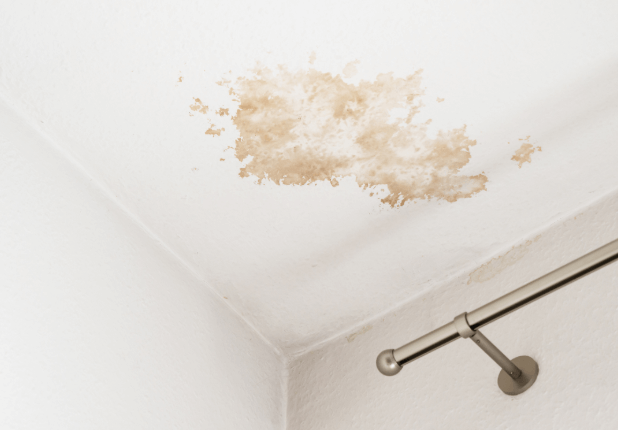
Repairing and restoring water damage involves several steps to ensure the structural integrity and safety of your home. A systematic approach is essential to address all aspects of the damage and prevent future issues.
Repairing Structural Damage
Repairing structural damage may involve replacing rotted wood, reinforcing weakened structures, or rebuilding parts of your home that have suffered significant damage. It’s crucial to address all affected areas to restore the stability and safety of your home.
In addition to repairs, it’s important to implement measures to prevent future damage, such as improving drainage and waterproofing vulnerable areas. A comprehensive approach ensures that your home is resilient against future water intrusion and maintains its structural integrity.
Mold Remediation
Mold is a common consequence of water damage and must be addressed immediately to prevent health risks and further structural damage. Professional mold remediation involves removing mold and treating affected areas to prevent its return, ensuring a healthy indoor environment.
Effective mold remediation requires specialized knowledge and equipment to ensure complete removal and prevention. By addressing mold growth promptly, you can protect your home and health, preventing long-term issues and maintaining a safe living environment.
Final Inspection
After repairs and restoration, a final inspection ensures that all issues have been addressed and your home is safe and sound. This step is crucial to verify that the restoration process was successful and that no hidden damage remains.
A thorough inspection provides peace of mind, confirming that your home is structurally sound and free from water damage. It also offers an opportunity to address any remaining concerns or vulnerabilities, ensuring long-term protection and stability.
Preventing Future Water Damage
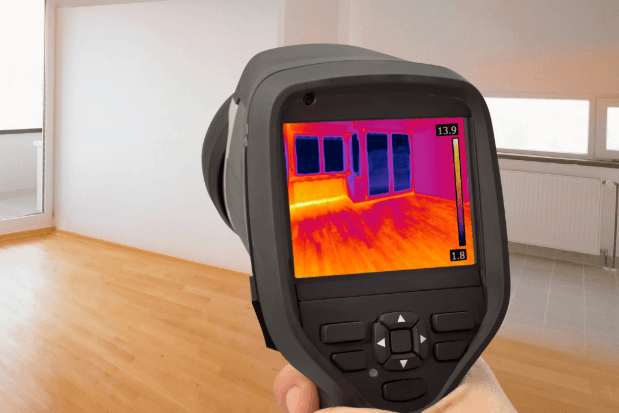
Preventative measures can save you from future headaches and costly repairs. By taking proactive steps, you can protect your home from water damage and ensure its structural integrity for years.
Regular Maintenance
Regularly inspect your home’s plumbing, roofing, and foundation for signs of wear or damage. Address any issues promptly to prevent water intrusion and minimize the risk of extensive damage.
Routine maintenance is a proactive approach to preserving your home’s structural integrity. By identifying and addressing potential vulnerabilities early, you can prevent minor issues from escalating into significant problems, ensuring a safe and secure living environment.
Install Water Alarms
Water alarms can alert you to leaks before they cause significant damage, giving you time to take action and prevent further deterioration. These devices are a valuable tool in early detection and can help mitigate the impact of water damage.
Installing water alarms in vulnerable areas, such as basements and near appliances, provides added protection. By receiving timely alerts, you can address leaks promptly, reducing the risk of extensive damage and costly repairs.
Proper Drainage
Ensure your home’s drainage system is functioning correctly to direct water away from the foundation and prevent pooling around your home. Proper drainage is essential to preventing water intrusion and maintaining the stability of your home’s foundation.
Regularly inspecting and maintaining your drainage system can prevent water from accumulating around your home, reducing the risk of foundation issues and water damage. Implementing effective drainage solutions is crucial in protecting your home and preserving its structural integrity.
Conclusion
Water damage can greatly affect your home’s structural integrity, but with prompt action and professional help, you can mitigate its impact. By understanding the signs of water damage and knowing how to respond, you can protect your home and ensure it remains a safe and secure place for years.
Remember, when in doubt, always consult experts in emergency water removal and damage restoration to safeguard your home’s future. Taking proactive measures and seeking professional assistance can prevent long-term issues and preserve the value of your home, ensuring peace of mind and security for you and your family.
For expert services in Federal Way, contact PuroClean of Northeast Tacoma.
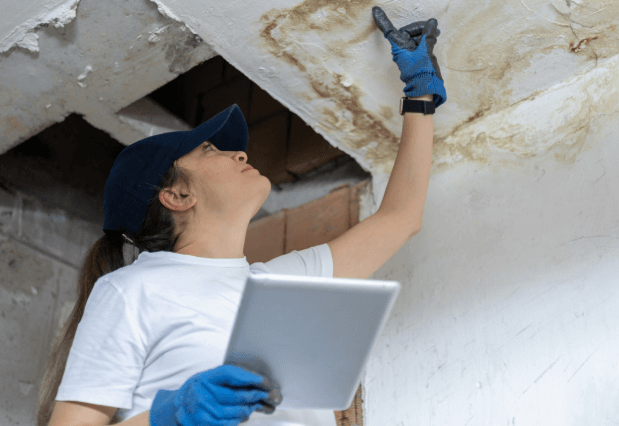
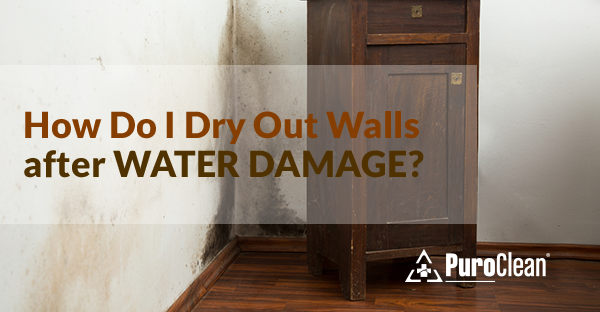
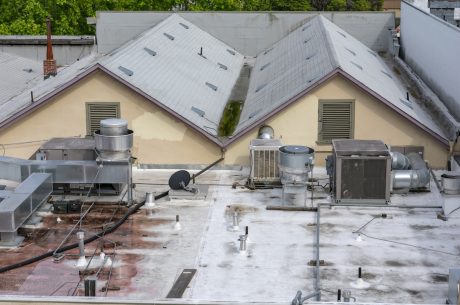

 PuroClean of Northeast Tacoma
PuroClean of Northeast Tacoma